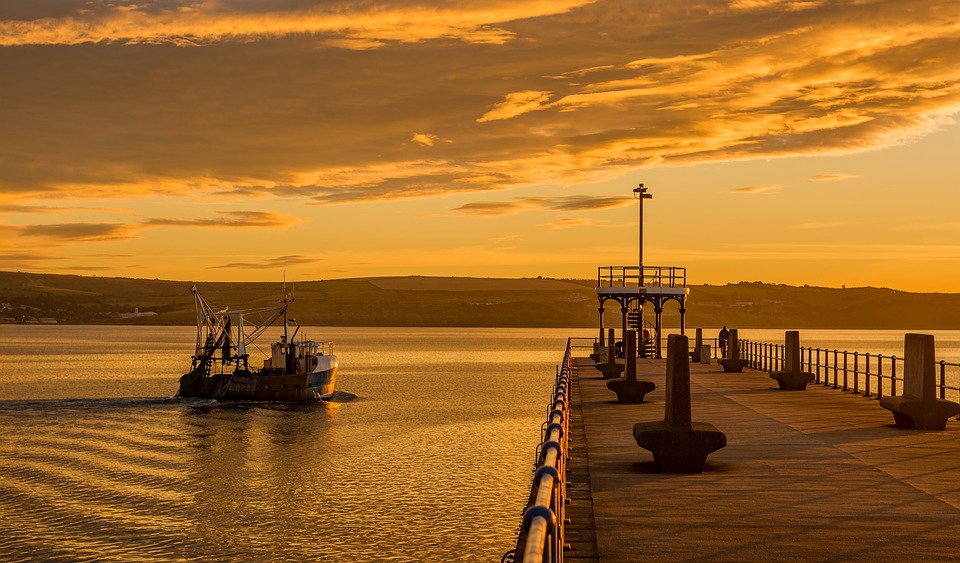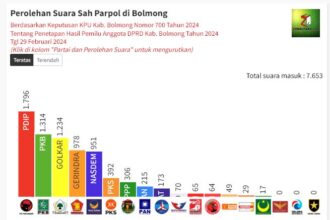MANADO, ZONAUATAR.com – Manado City also has a township commonly called Chinatown (Tionghoa Ethnic). The village is generally occupied by ethnic Chinese that located in Calaca Area, Wenang District, Manado City.
There are three temples that stay on Manado Tionghoa area, namely Ban Hin Kiong Temple, Kong Miao Litang Temple and Klenteng Kwan Im Tong. The oldest is Ban Hin Kiong Temple, believed to have existed since 400 years ago. It was built since the beginning of the Qing Dynasty in mainland China, around the 1680s. This temple is a guide to the history of ethnic Chinese or Tionghoa presence in Manado City.
Based on historical at North Sulawesi Provincial Museum, ethnic Chinese have been in Manado since the 17th century. In addition to trade purposes, their arrival to Manado is because of impact forced labor during the Dutch East Indies government. At that time, so many people of Tioanghoa were imported by the Dutch into Manado, in order to build infrastructure for Dutch.
According to historical activist Paul Heydemans, there were many Chinese who imported by the Netherlands into Manado during the construction of Fort Amsterdam in 1673. The location is become the economy center called Market 45.
“Formerly, the natives do not yet know about the technology of building the castle, so the Dutch bring in and employ the people from Tioghoa,” said Heydemans.
In an article “Menelusuri Sejarah Kampung Cina di Manado” written by the Tionghoa-Manado Cultural Sofyan Yosadi, behind the Fort Amsterdam built Ghetto (Loh Tia) which is a residential area of the Chinese in Manado.
“Next to the Chinese village, there is an Arab village. Based on colonial government, the purpose of these ethnics settlement could be easy monitoring,” said Sofyan in his article.
According to Sofyan, the Chinese settlement in Manado cannot be separated from history of Loji establishment in Manado City. In 1607 the Governor of Maluku Admiral Mattelief de Jong sent a Jung Chinese to buy rice in Minahasa Land. At that time in China, the power was under Ming Dynasty (1368-1643). In 1608, the Dutch ship led by Jan Lodewijkkz Rossinggeyn landed in Minahasa Land and established Loji where to collect the produce. Then the Chinese people started coming to Manado, including those employed by the Dutch to make the fort.
According to one of the Tridharma Manado Ferry Sondakh clergy, the Chinese who came to Manado consisted of various tribes, such as Hokkian, Khek, Canton and Hainan.
“By the time, Chinese ethnic began to multiply,” he said.
Manado Chinatown had becomes a witness of historical tragedy, including on September 7, 1944, when allies attacked the position of Japan in Manado City. In the book “Sulawesi Utara Bergolak: Peristiwa Patriotik 14 Februari 1946” written by Ben Wowor, allied air attacks makes Manado City ravaged. Ban Hin Kiong Temple one of the damaged buildings in Chinatown.
The ethnic Tionghoa-Manado has a national hero who contributed greatly during independence struggle of Republic Indonesia. He is Laksamana Muda John Lie. John Lie did duty of smuggling weapons through the sea lane. The weapons are given to the fighters of Republic Indonesia.
Editor: Rahadih Gedoan

















